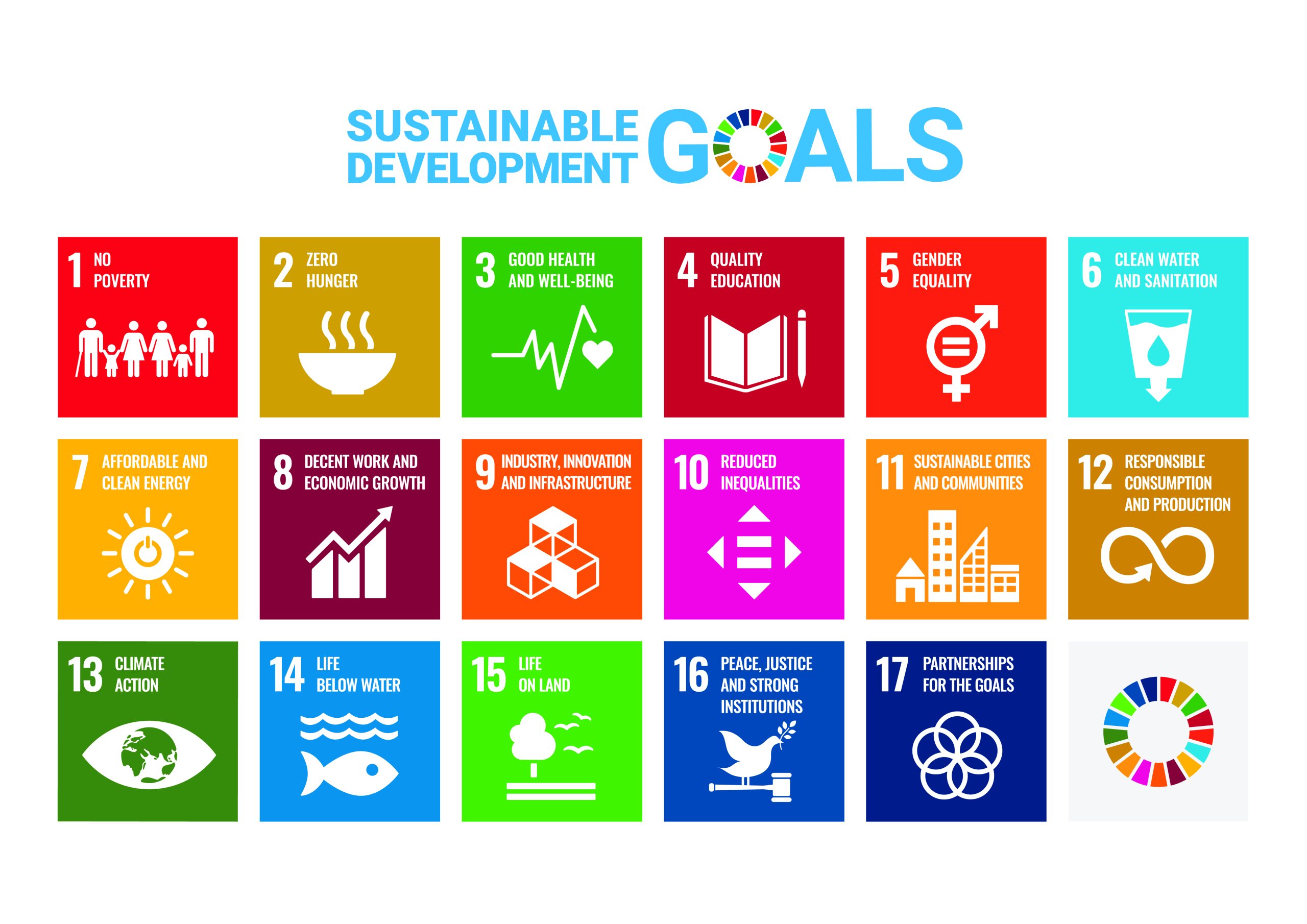7 Sustainable Development Goals

The Sustainable Development Goals were set up in 2015 by the United Nations General Assembly, following on from the Millennium Development Goals. A 2017 resolution set up specific targets, indicators and timelines for each of the goal, many with a target date of 2030. Many institutions (including Sussex) like to map a range of their activities against the SDGs as a way of understanding their ethical impact. Some SDGs have an explicitly environment focus, for example: SDG 13: Climate Action, SDG 14: Life Below Water, SDG 15: Life on Land. Others have more of a social focus, e.g. SDG 4: Quality Education, SDG 5: Gender Equity.
The Sustainable Development Goals can be taught critically. As Belda-Miguel et al argue:
… the SDGs do not overcome the depoliticisation of aid discourses and policies as they still frame development problems as technical, managerial and measurable problems. For example, issues of power and key political issues such as redistribution are totally absent from the Agenda (Belda-Miquel, Boni, and Calabuig 2019)
When developing this toolkit, we asked workshop participants to arrange virtual sticky notes on a spectrum from “Most Important” to “Least Important.” The SUSTAINABLE DEVELOPMENT GOALS sticky flew back and forth like a tennis ball. A wise participant explained why: the SDGs are hugely important to how the university, the sector, the country, and the whole world is approaching sustainability … but at the scale of a module or a lesson, they often feel unsatisfactory. Seventeen is too many things to hold in your head; many goals are far from self-explanatory; and many goals embed assumptions which require critical examination.
For example, what about growth? There is an especially complex relationship between SDG8: Decent Work and Economic Growth and SDG13: Climate Action. As Stephen McCloskey puts it:
How do the goals square the circle of combating climate change while enabling poor and middle-income countries to higher levels of growth with the enhanced global consumption of carbon which that implies? The goals seem to be fatally hitched to the same tried and failed economic system that created climate change, global inequality and social polarisation in the first place (McCloskey 2019).
See “Degrowth and Post-Growth” later in this toolkit. One approach might be: “The Global North needs degrowth, the Global South needs green growth, and everywhere needs more intersectional justice.” Others go further, arguing that “green growth” is only an alluring illusion, and/or that development discourse should be rejected altogether.


